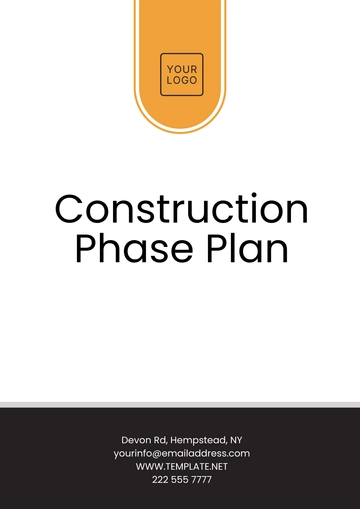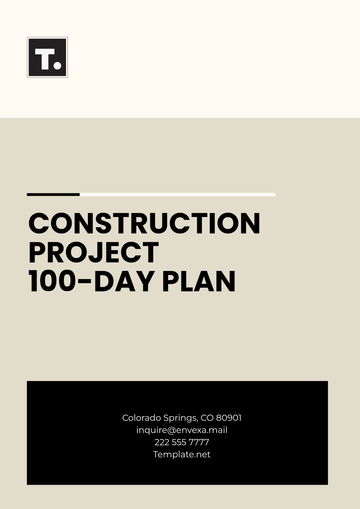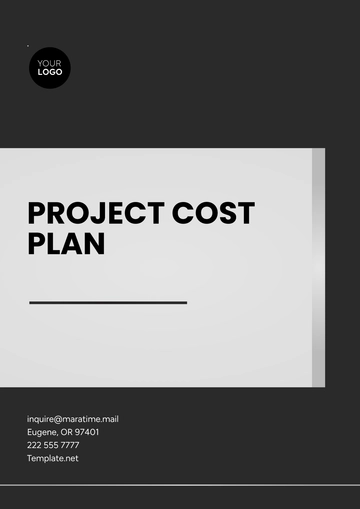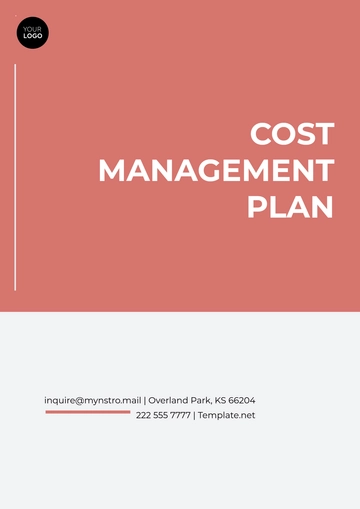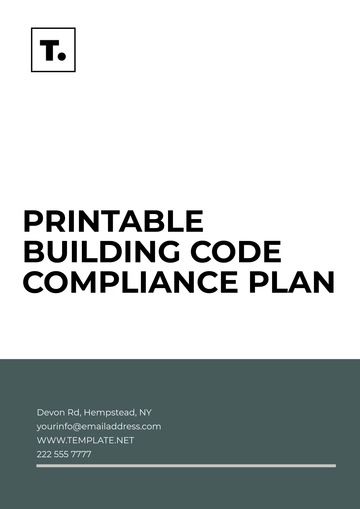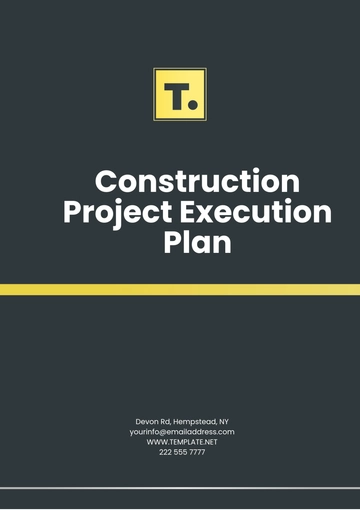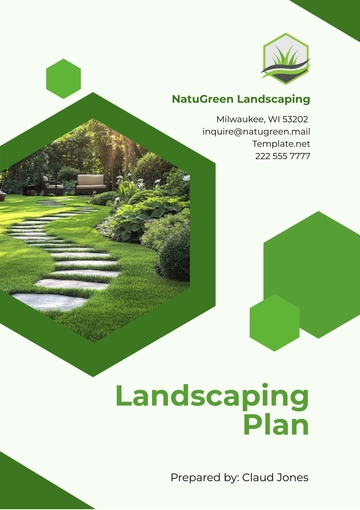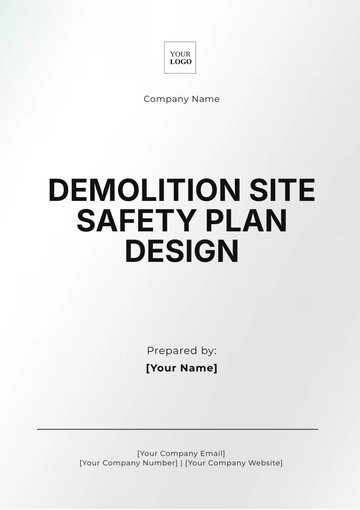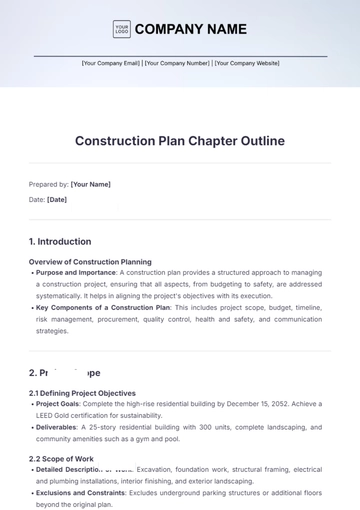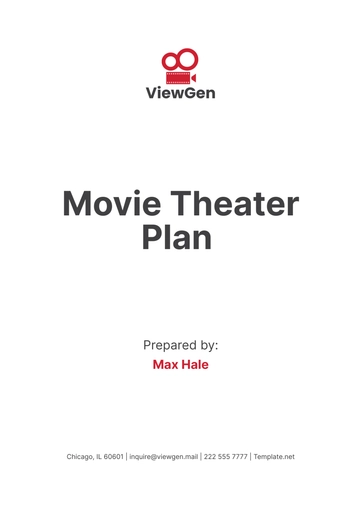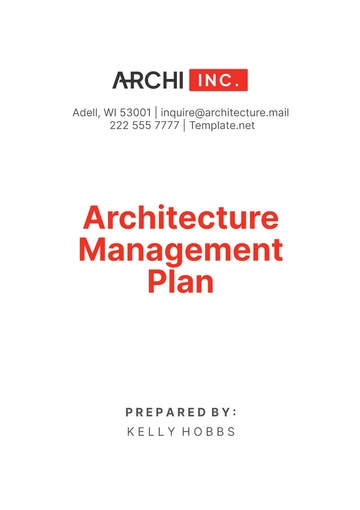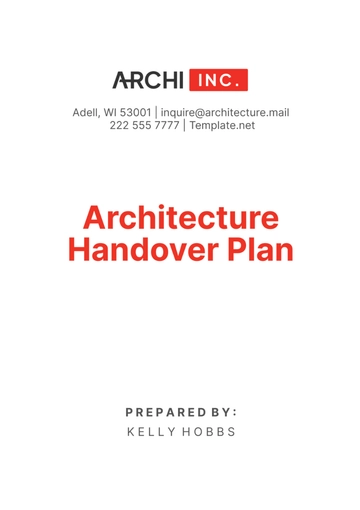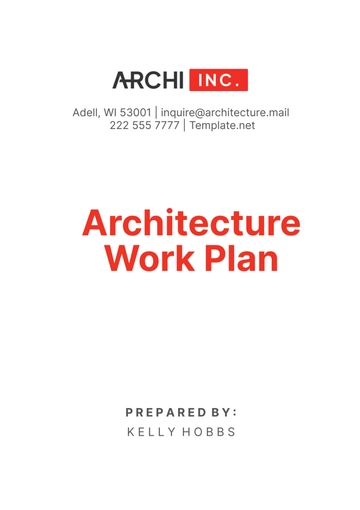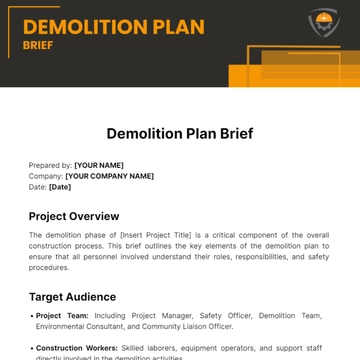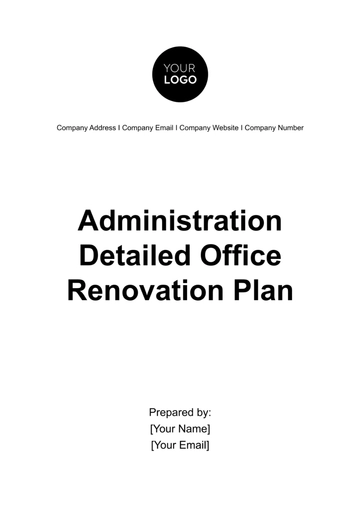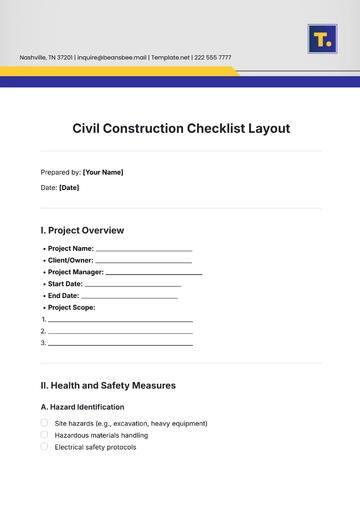Free Landscaping Plan
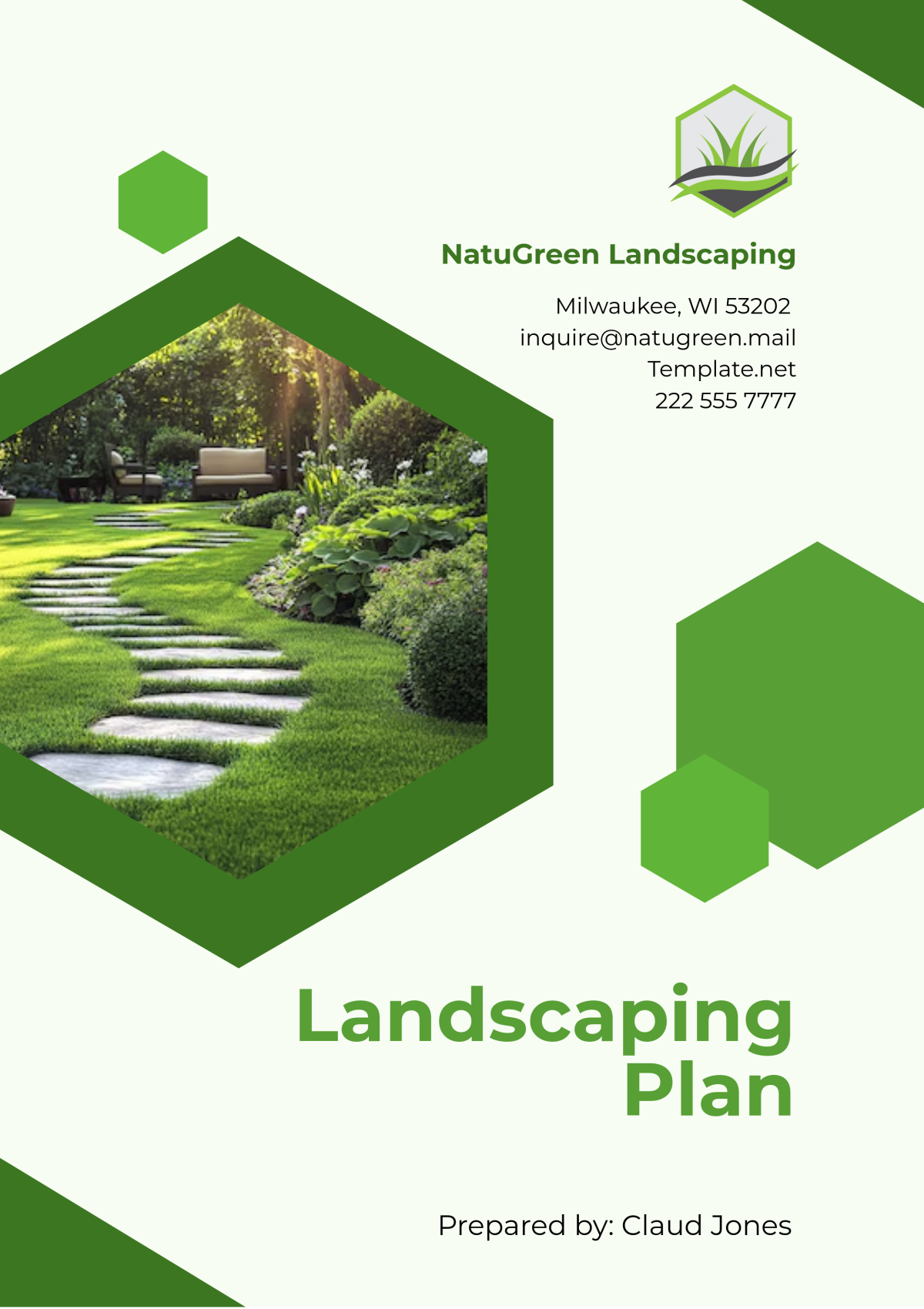
I. Introduction to Landscaping
Landscaping is an intricate blend of art and science focused on modifying and enhancing land to achieve both aesthetic appeal and practical functionality. It encompasses various disciplines, including horticulture, architecture, and environmental conservation, aiming to create outdoor spaces that are not only visually pleasing but also sustainable. Whether it’s a residential garden, a commercial property, or a public park, landscaping plays a crucial role in improving the quality of life for those who interact with these spaces. Through careful planning and design, landscapers can transform barren areas into vibrant ecosystems that support wildlife, promote biodiversity, and enhance the overall beauty of the environment.
At [Your Company Name], we understand that effective landscaping goes beyond mere decoration; it requires a deep understanding of local ecosystems, climate considerations, and sustainable practices. Our approach integrates modern design principles with time-tested horticultural practices to deliver spaces that thrive year-round. From selecting the right plants to implementing efficient irrigation systems, we prioritize sustainability and environmental health in every project. By considering the unique characteristics of each site, we create harmonious landscapes that resonate with the surrounding environment, ensuring that your outdoor spaces are both functional and inviting for years to come.
II. Site Analysis
Conducting a thorough site analysis is the essential first step in developing a successful landscaping plan. This process involves evaluating the unique characteristics of the site, including its topography, soil quality, climate, and existing vegetation. By gathering and analyzing this information, landscapers can make informed decisions that cater to the specific needs of the environment, ensuring the long-term health and aesthetic appeal of the landscape while complying with relevant regulations.
A. Survey and Assessment
Topography | Analyze land features and slopes to understand how they will influence water drainage and plant placement. |
Soil Quality | Test for nutrient levels and drainage capacity to determine the suitability of the soil for various plant types. |
Climate | Consider sunlight, rainfall, and wind patterns to choose appropriate plants that will thrive in the local conditions. |
B. Zoning and Legislation
Complying with local zoning laws and environmental regulations is crucial for ensuring legal compliance and the preservation of ecosystems. Understanding these requirements helps prevent costly fines and promotes sustainable landscaping practices that benefit both the property owner and the community. This includes restrictions on land use, building setbacks, and guidelines for native plant usage, ensuring that all landscaping efforts align with regional conservation goals.
III. Design Elements
The design process in landscaping is a critical phase that involves selecting the right combination of plants, materials, and structures to achieve both aesthetic appeal and functional goals. Effective landscaping design is not only about creating a beautiful outdoor space but also about enhancing the usability and sustainability of the environment. By carefully considering design elements, landscapers can craft harmonious landscapes that reflect the desires of the client while respecting the natural ecosystem.
A. Plant Selection
Choose Native and Drought-Resistant Species: Selecting native plants is essential for sustainability, as these species are adapted to the local climate and soil conditions, requiring less water and maintenance. Drought-resistant plants not only conserve water but also thrive in challenging conditions, making them ideal for various landscapes.
Consider Seasonal Variations and Plant Diversity: Incorporating a diverse selection of plants ensures year-round interest and beauty. By choosing species that bloom in different seasons, you can create a dynamic landscape that evolves throughout the year. This diversity also supports local wildlife, promoting a balanced ecosystem that attracts pollinators and other beneficial organisms.
B. Hardscaping Features
Incorporating hardscaping features such as pathways, retaining walls, patios, and water elements significantly enhances the functionality and beauty of a landscape. Pathways guide visitors through the space, improving accessibility and flow, while retaining walls can manage elevation changes and prevent soil erosion. Patios provide inviting outdoor living areas for relaxation and entertainment, and water features, like ponds or fountains, add a soothing auditory element and attract wildlife. Thoughtfully designed hardscaping complements the natural landscape, creating a cohesive and inviting environment.
IV. Implementation Plan
Creating a detailed implementation plan is crucial for ensuring the effective execution of the landscaping design. This plan serves as a roadmap, guiding the project from concept to completion while addressing potential challenges along the way. A well-structured implementation plan not only helps keep the project on track but also ensures that all elements are executed in a timely and cost-effective manner.
A. Timeline and Scheduling
Develop a Phased Timeline: Establish a phased timeline that outlines specific milestones for planting, construction, and setup. This allows for organized execution of each phase and helps in tracking progress. For instance, the timeline may begin with soil preparation and grading, followed by planting and hardscaping.
Schedule Activities to Coincide with Optimal Weather Conditions: Timing is key in landscaping. Schedule activities based on seasonal weather patterns to ensure the best conditions for planting and construction. For example, early spring or fall are often ideal for planting due to milder temperatures and increased moisture levels, while construction activities may be scheduled for drier periods.
B. Budgeting and Resources
Allocating an adequate budget is essential for the success of any landscaping project. The budget should encompass materials, labor, and a contingency fund for unexpected expenses that may arise during implementation. It’s also wise to source local materials and labor whenever possible, as this not only supports the community economy but also promotes sustainability through reduced transportation costs and environmental impact. Careful budgeting and resource planning will ensure that the project remains financially viable and meets the desired design goals without compromising quality.
V. Maintenance Guidelines
Regular maintenance is critical for keeping the landscape healthy, vibrant, and visually appealing. Proper upkeep not only enhances the beauty of the outdoor space but also ensures the longevity of plants and structures, reducing the need for costly renovations in the future. Following a seasonal maintenance schedule and implementing long-term care strategies are essential for achieving a thriving landscape.
A. Seasonal Maintenance Tasks
Spring: This is the perfect time for mulching and planting. Applying mulch helps retain soil moisture, suppress weeds, and improve soil quality. Spring is also an ideal time to introduce new plants and flowers to the garden, allowing them to establish before the heat of summer.
Summer: Regular watering and pruning are crucial during the summer months. Ensure plants receive adequate moisture, especially in dry spells, and monitor for signs of stress or pests. Pruning helps promote healthy growth and shapes the plants, keeping them looking their best.
Fall: Focus on leaf removal and soil preparation in the fall. Clearing fallen leaves not only improves aesthetics but also prevents fungal diseases that can develop if leaves are left to decompose on the ground. Additionally, preparing the soil for winter by adding organic matter can enhance soil health for the upcoming growing season.
Winter: Protecting plants from frost and heavy snow is vital during winter. Covering sensitive plants with burlap or frost cloth can shield them from harsh weather. For areas with heavy snowfall, it may be necessary to gently brush snow off plants to prevent breakage.
B. Long-Term Upkeep
IImplementing effective pest control, fertilization, and irrigation strategies is essential for ensuring long-term sustainability in landscaping. Regularly inspect plants for signs of pests and diseases, and apply appropriate treatments as needed to maintain plant health. Fertilization should be carried out based on soil tests to provide essential nutrients and support growth. Additionally, an efficient irrigation system, such as drip irrigation, can conserve water and ensure plants receive consistent moisture without overwatering. By adopting these long-term maintenance practices, you can enjoy a thriving landscape that continues to enhance your property for years to come.
VI. Conclusion
A comprehensive landscaping plan is integral to creating and maintaining a functional and beautiful outdoor environment. By following a structured approach to analysis, design, implementation, and maintenance, you can achieve a landscape that enhances both the property and the surrounding environment.
- 100% Customizable, free editor
- Access 1 Million+ Templates, photo’s & graphics
- Download or share as a template
- Click and replace photos, graphics, text, backgrounds
- Resize, crop, AI write & more
- Access advanced editor
Design and execute effective outdoor projects with the Landscaping Plan Template from Template.net. This editable and customizable document helps you outline landscaping layouts, materials, and timelines for your projects. Fully editable in our Ai Editor Tool, it allows you to personalize the plan to meet your clients’ specific needs, ensuring a professional and organized approach to every landscaping task.
You may also like
- Finance Plan
- Construction Plan
- Sales Plan
- Development Plan
- Career Plan
- Budget Plan
- HR Plan
- Education Plan
- Transition Plan
- Work Plan
- Training Plan
- Communication Plan
- Operation Plan
- Health And Safety Plan
- Strategy Plan
- Professional Development Plan
- Advertising Plan
- Risk Management Plan
- Restaurant Plan
- School Plan
- Nursing Home Patient Care Plan
- Nursing Care Plan
- Plan Event
- Startup Plan
- Social Media Plan
- Staffing Plan
- Annual Plan
- Content Plan
- Payment Plan
- Implementation Plan
- Hotel Plan
- Workout Plan
- Accounting Plan
- Campaign Plan
- Essay Plan
- 30 60 90 Day Plan
- Research Plan
- Recruitment Plan
- 90 Day Plan
- Quarterly Plan
- Emergency Plan
- 5 Year Plan
- Gym Plan
- Personal Plan
- IT and Software Plan
- Treatment Plan
- Real Estate Plan
- Law Firm Plan
- Healthcare Plan
- Improvement Plan
- Media Plan
- 5 Year Business Plan
- Learning Plan
- Marketing Campaign Plan
- Travel Agency Plan
- Cleaning Services Plan
- Interior Design Plan
- Performance Plan
- PR Plan
- Birth Plan
- Life Plan
- SEO Plan
- Disaster Recovery Plan
- Continuity Plan
- Launch Plan
- Legal Plan
- Behavior Plan
- Performance Improvement Plan
- Salon Plan
- Security Plan
- Security Management Plan
- Employee Development Plan
- Quality Plan
- Service Improvement Plan
- Growth Plan
- Incident Response Plan
- Basketball Plan
- Emergency Action Plan
- Product Launch Plan
- Spa Plan
- Employee Training Plan
- Data Analysis Plan
- Employee Action Plan
- Territory Plan
- Audit Plan
- Classroom Plan
- Activity Plan
- Parenting Plan
- Care Plan
- Project Execution Plan
- Exercise Plan
- Internship Plan
- Software Development Plan
- Continuous Improvement Plan
- Leave Plan
- 90 Day Sales Plan
- Advertising Agency Plan
- Employee Transition Plan
- Smart Action Plan
- Workplace Safety Plan
- Behavior Change Plan
- Contingency Plan
- Continuity of Operations Plan
- Health Plan
- Quality Control Plan
- Self Plan
- Sports Development Plan
- Change Management Plan
- Ecommerce Plan
- Personal Financial Plan
- Process Improvement Plan
- 30-60-90 Day Sales Plan
- Crisis Management Plan
- Engagement Plan
- Execution Plan
- Pandemic Plan
- Quality Assurance Plan
- Service Continuity Plan
- Agile Project Plan
- Fundraising Plan
- Job Transition Plan
- Asset Maintenance Plan
- Maintenance Plan
- Software Test Plan
- Staff Training and Development Plan
- 3 Year Plan
- Brand Activation Plan
- Release Plan
- Resource Plan
- Risk Mitigation Plan
- Teacher Plan
- 30 60 90 Day Plan for New Manager
- Food Safety Plan
- Food Truck Plan
- Hiring Plan
- Quality Management Plan
- Wellness Plan
- Behavior Intervention Plan
- Bonus Plan
- Investment Plan
- Maternity Leave Plan
- Pandemic Response Plan
- Succession Planning
- Coaching Plan
- Configuration Management Plan
- Remote Work Plan
- Self Care Plan
- Teaching Plan
- 100-Day Plan
- HACCP Plan
- Student Plan
- Sustainability Plan
- 30 60 90 Day Plan for Interview
- Access Plan
- Site Specific Safety Plan
